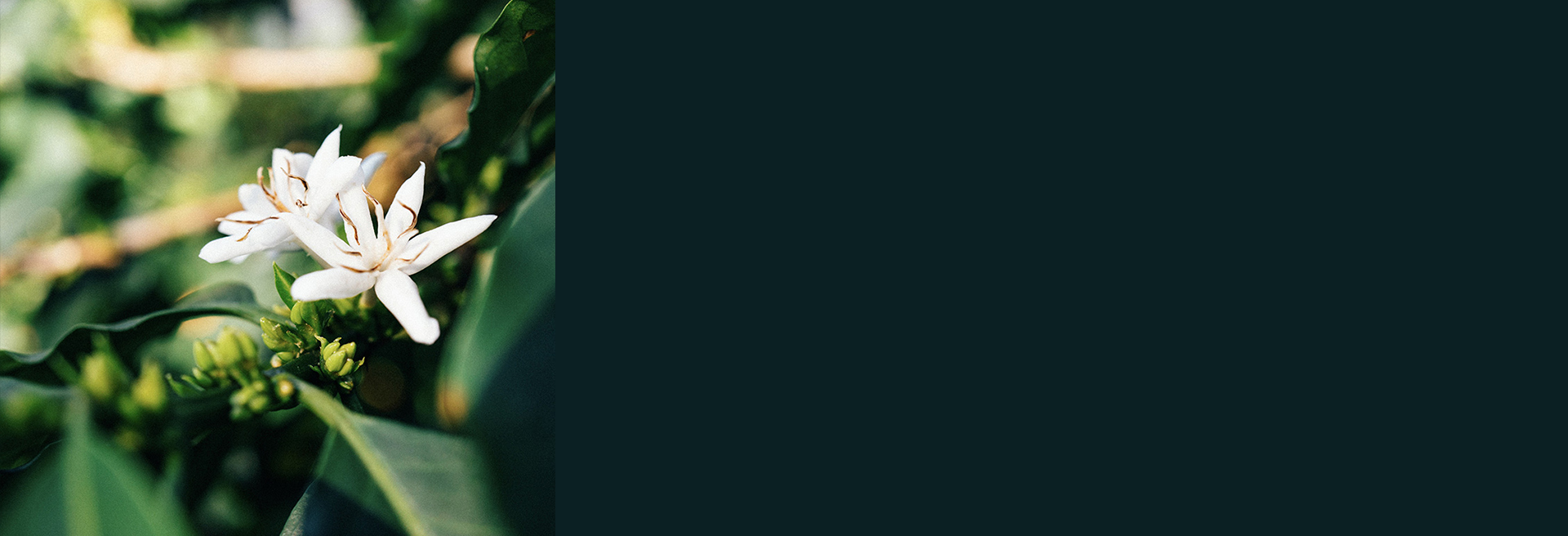Kenya
Kiangundo AA - Kenya
250g
QUALITY SCORE: 88.50
Cup Notes
Grilled Pineapple / Green Apple / Lemon / Brown Sugar
Suggested for espresso and filter
when we roast
We freshly roast to order all coffees on Monday, Wednesday and Friday (excluding national holidays), and ship the same day! Cut-off time is 11:59pm (UTC+1) of the day before the roast day. *We only ship whole beans*
Details
- Producer
- Kiama Farmers Society
- Country
- Kenya
- Terroir
- Nyeri
- Altitude
- 1700 - 1950 masl
- Process
- Kenya Washed
- Arabica cultivar
- SL28 & SL34
- Picked in
- Nov - Dec 2018
- Arrived in
- August 2019
- Shipped in
- Box + Vacuum pack
- Roast profile by
- Rubens Gardelli
- Roasted on
- Customised solid-drum roaster
THE STORY BEHIND
Kiangundo is a washing station (or factory, as they are called in Kenya) located in the Nyeri district in the municipality of Karatina. It is one of the four washing stations (alongside Gachuiro, Ichuga and Kiamaina) owned by the Kiama Coffee Farmers’ Cooperative Society, which represents over 3000 producers in the region.
Kiangundo washing station represents 690 of these members (520 male and 170 female). These producers' farms are located at 1,700 - 1,950m above sea level. The main varieties of coffee grown in this region are S-28 and S-34, which account for 95% of all coffee produced. The region's high altitude means that the coffee fruit is able to mature slowly, and this, combined with rich volcanic soil and careful processing, helps to highlight the inherent complex fruit flavours from the SL-28 and SL-34 varieties.
Kiama was established in 2005 and is led by the Chairman Charles Ndamburi Ngure. Day-to-day operations and quality control at Kiangundo are overseen by Factory Manager Iddah Rose Wangui. The producers cooperating with Kiama receive training and education in the framework of sustainability work. The improved quality of the coffee helps producers receive higher premiums for their coffees, tangibly improving their livelihoods.
THE VARIETY
SL28 was bred by Scott Laboratories in 1931 from Tanganyika D.R. It has become very popular throughout Kenya and is recognised as a variety of exceptional cup quality. It has wide leaves with coppery tips, and the beans are wide. At the same time, the productivity of SL28 is comparatively low. Though there is no sufficient proof, some sources claim that Scott Labs crossed mutations of French Mission, Mocha and Yemen Typica to produce SL 28. Whatever the exact genetic composition, their original goal almost certainly was to create a plant with high quality, reasonable productivity and great drought resistance.
SL 34 is a mutation of French Mission, originating from the plantation of Loresho in Kabete. SL34 has wide leaves with bronzy tips. It is widely grown throughout Kenya. SL34 is valued for its high productivity in different climate conditions and great height ranges. It is also claimed to be resistant towards drought and strong rainfall.
THE FERMENTATION PROCESS
Kenyan coffees are almost universally processed using a method called ‘double fermentation’, which is a variation of the washed processing method.
Almost all producers across Kenya use only this method, and it is considered the best practice by many.
In the double fermentation processing method, farmers depulp the cherries immediately after harvest and place the mucilage-coated seeds in fermentation tanks, keeping the contact with water at the minimum, for 12 to 24 hours depending on the rate of fermentation.
The fermentation helps break down the mucilage making it easier to remove, but also helps develop the mucilage’s latent fruit properties, imparting some of those properties into the coffee seed.
At this first stage, the fermentation is allowed to continue until most of the mucilage gets separated from the seed. The coffee is then flushed from the tanks into water channels where the agitation helps to rinse and remove the loose mucilage, stopping the fermentation process. Seeds that are low density ‘floaters’ are also scooped off at this stage of the process, - this is one of many steps ensuring the consistently high quality of Kenyan coffee.
After the coffee has been cleaned, step one is repeated, and the coffee is left soaking in a secondary fermentation tank for other 12 to 24 hours. This restarts the fermentation, but this time less sugar and fruit material is available. When this second stage is over, the coffee is once again run through water channels where any final residual mucilage is removed.
The coffee is then separated in lots, and the various lots are moved into their own water tanks where the coffees are soaked for additional 24 hours. Since the mucilage has been completely removed, and the coffee is soaking in significantly more water, it’s assumed that enzymatic activity in the coffee increases in this soaking tank, resulting in a strengthening of the amino acids and proteins present in the coffees.
The soaked seeds are then taken out and placed on raised drying beds and spread to a depth of a couple of inches. The idea is to initially dry the coffee rapidly to drop the moisture content and reduce the risk of rotting. After this initial fast drying period, the coffee is heaped into 6 inch deep mounds and moves into a longer, slower stretch of drying to encourage long term quality of green beans. How long the coffee remains on the raised beds can vary greatly depending on temperature and weather but it needs to be constantly turned during this period to achieve even drying. Once the moisture of the coffee reaches around 11-12%, this essentially concludes the processing of Kenyan coffee. They are finally dry hulled, graded and prepped for export.



